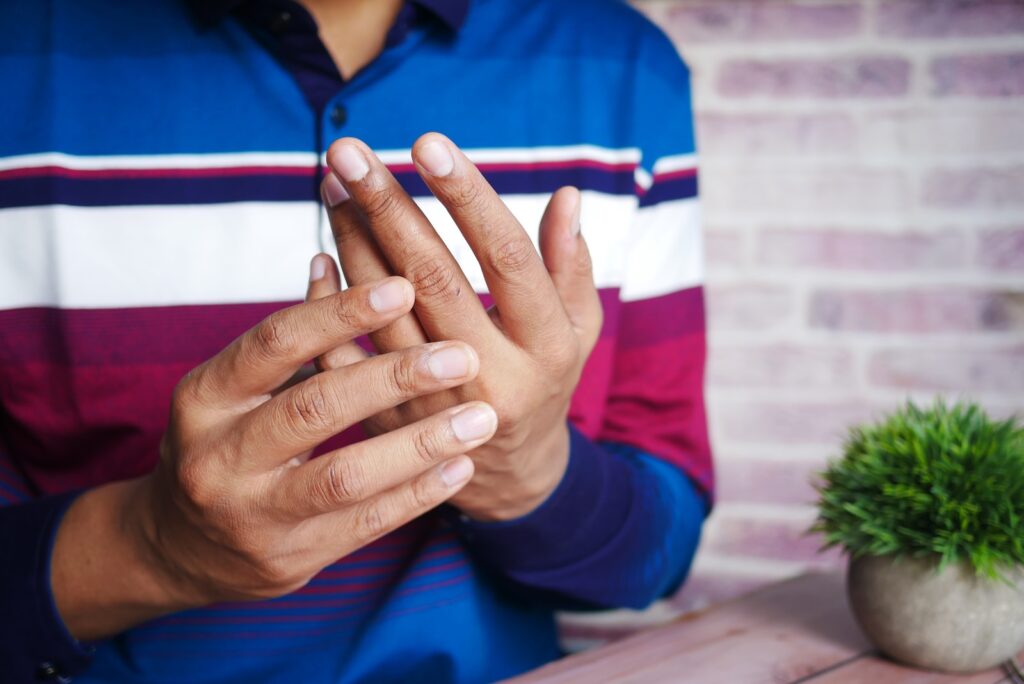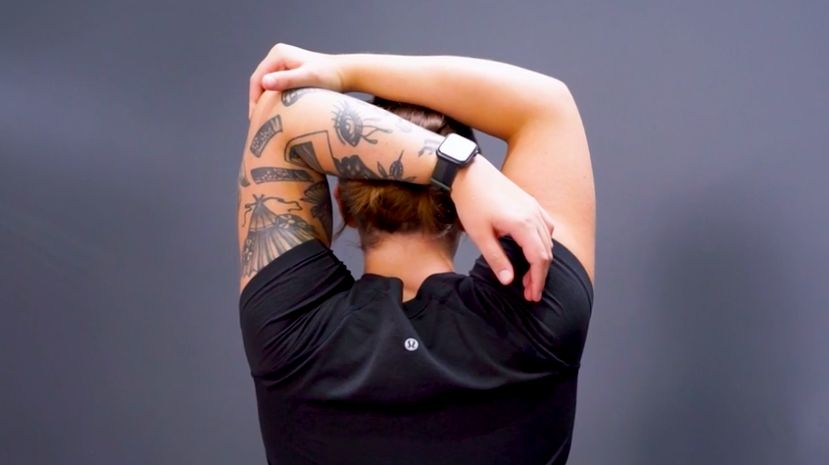Have you ever experienced a sensation of pins and needles in your limbs or other parts of your body? This is called paresthesia, and it’s a common condition that affects people of all ages. Paresthesia can be caused by a variety of factors, ranging from nerve damage to underlying medical conditions. In this article, we will discuss the different types of paresthesia, their symptoms, common causes, diagnosis, and treatment options.
Types of paresthesia and their symptoms
Paresthesia can be classified into two types: transient and chronic. Transient paresthesia is a temporary sensation that usually lasts for a few minutes to a few hours. It’s often caused by pressure or compression on nerves, such as sitting in the same position for too long. Chronic paresthesia, on the other hand, is a persistent or recurring sensation that lasts for weeks, months, or even years.
The symptoms of paresthesia can vary depending on the type and underlying cause. Some of the most common symptoms include:
- Tingling or prickling sensation in the affected area
- Numbness or loss of sensation in the affected area
- Burning or itching sensation
- Weakness or muscle fatigue
- Cramping or spasms
- Inability to move the affected area
- If you experience any of these symptoms, it’s important to seek medical attention to determine the underlying cause.
Common underlying medical conditions that cause paresthesia
Paresthesia can be caused by a variety of medical conditions, including:
- Diabetes: High blood sugar levels can damage nerves, leading to paresthesia.
- Peripheral neuropathy: This is a condition that occurs when nerves outside the brain and spinal cord are damaged, leading to paresthesia in the limbs.
- Multiple sclerosis: This is a chronic autoimmune disease that affects the central nervous system, leading to paresthesia and other symptoms.
- Carpal tunnel syndrome: This is a condition that occurs when the median nerve in the wrist is compressed, leading to paresthesia in the hand and fingers.
- Cervical spondylosis: This is a degenerative condition that affects the neck vertebrae, leading to compression of the nerves and paresthesia in the arms and hands.
Other medical conditions that can cause paresthesia include hypothyroidism, vitamin deficiencies, and Lyme disease. If you’re experiencing paresthesia, it’s important to see a doctor to determine the underlying cause.
Diagnosis and Treatment Options for Paresthesia
If you experience paresthesia, it’s important to see a healthcare provider for an accurate diagnosis and treatment plan. Your doctor will likely perform a physical examination and may order additional tests, such as blood work, imaging studies, or nerve conduction studies, to help determine the underlying cause of your symptoms.
Treatment for paresthesia varies depending on the underlying cause. Here are some common treatment options:
- Medications: If your paresthesia is caused by a medical condition such as diabetes or peripheral neuropathy, your doctor may prescribe medications to manage your symptoms. These may include non-steroidal anti-inflammatory drugs (NSAIDs), antidepressants, anticonvulsants, or other medications that target nerve pain.
- Physical therapy: In some cases, physical therapy may be recommended to help improve strength and flexibility in the affected area, or to address underlying musculoskeletal issues that may be contributing to your symptoms.
- Surgery: If your paresthesia is caused by a structural issue such as a herniated disc or carpal tunnel syndrome, surgery may be necessary to alleviate pressure on the affected nerves.
- Lifestyle changes: Making certain lifestyle changes may help reduce your risk of developing paresthesia or help manage your symptoms if you already have it. This may include maintaining a healthy weight, avoiding prolonged sitting or standing, wearing properly fitting shoes, avoiding repetitive motions, and limiting alcohol and caffeine intake.
Prevention Strategies and Lifestyle Changes for Managing Paresthesia
While some causes of paresthesia may not be preventable, there are steps you can take to reduce your risk of developing the condition or manage your symptoms if you already have it. Here are some strategies that may be helpful:
- Maintain a healthy weight: Being overweight or obese can increase your risk of developing conditions such as diabetes, which can contribute to paresthesia.
- Avoid prolonged sitting or standing: Prolonged periods of sitting or standing can put pressure on nerves and lead to paresthesia. If you have a job that requires long periods of sitting or standing, take frequent breaks to move around and stretch.
- Wear properly fitting shoes: Ill-fitting shoes can contribute to foot and ankle problems that can lead to paresthesia. Make sure your shoes fit properly and provide adequate support.
- Avoid repetitive motions: Repetitive motions, such as typing or playing an instrument, can cause nerve damage over time. Take frequent breaks and stretch to avoid overuse injuries.
- Limit alcohol and caffeine intake: Both alcohol and caffeine can contribute to nerve damage and worsen symptoms of paresthesia. Limit your intake of these substances to reduce your risk.
Conclusion
Paresthesia is a common condition that can be caused by a variety of underlying medical conditions or lifestyle factors. While the symptoms of paresthesia can be uncomfortable and even debilitating, there are effective treatment options available that can help manage your symptoms and improve your quality of life. If you experience symptoms of paresthesia, it’s important to see a healthcare provider for an accurate diagnosis and treatment plan. With proper care and management, you can live a full and active life, free from the discomfort of paresthesia.





